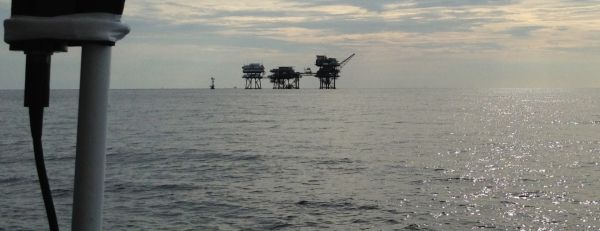One is missing - in short, this summarizes the mystery. It is about nitrification, the oxidation of ammonia via nitrite to nitrate, a key process in marine nitrogen cycling. In the sea, both steps of this process are balanced and most available nitrogen exists in the form of nitrate, the final product of nitrification. The organisms which are largely responsible for the first step of nitrification in the ocean - the ammonia oxidizing archaea - were discovered around a decade ago, and it turns out that they are amongst the most abundant microorganisms on the planet.
The second part of nitrification, the transformation of nitrite to nitrate, is carried out by nitrite oxidizing bacteria, which mainly belong to the Nitrospinae phylum. Yet, Nitrospinae are ten time less abundant than the ammonia-oxidizers, raising the question: is there an equally abundant, still undiscovered nitrite oxidizer in the ocean?
Grow fast, die young
Scientists at the Max Planck Institute for Marine Microbiology have now solved this mystery in cooperation with colleagues of the University of Vienna, the University of Southern Denmark and the Georgia Institute of Technology. "We show that there is no need to invoke yet undiscovered, abundant nitrite oxidizers to explain nitrification in the ocean. "Surprisingly, we probably already know all the players," says Katharina Kitzinger, first author of the paper, published in the scientific journal Nature Communications in February.
Read more at Max Planck Institute for Marine Microbiology
Image: The samples used for the current study were obtained in the Gulf of Mexico. CREDIT: Max Planck Institute for Marine Microbiology/ K. Kitzinger


